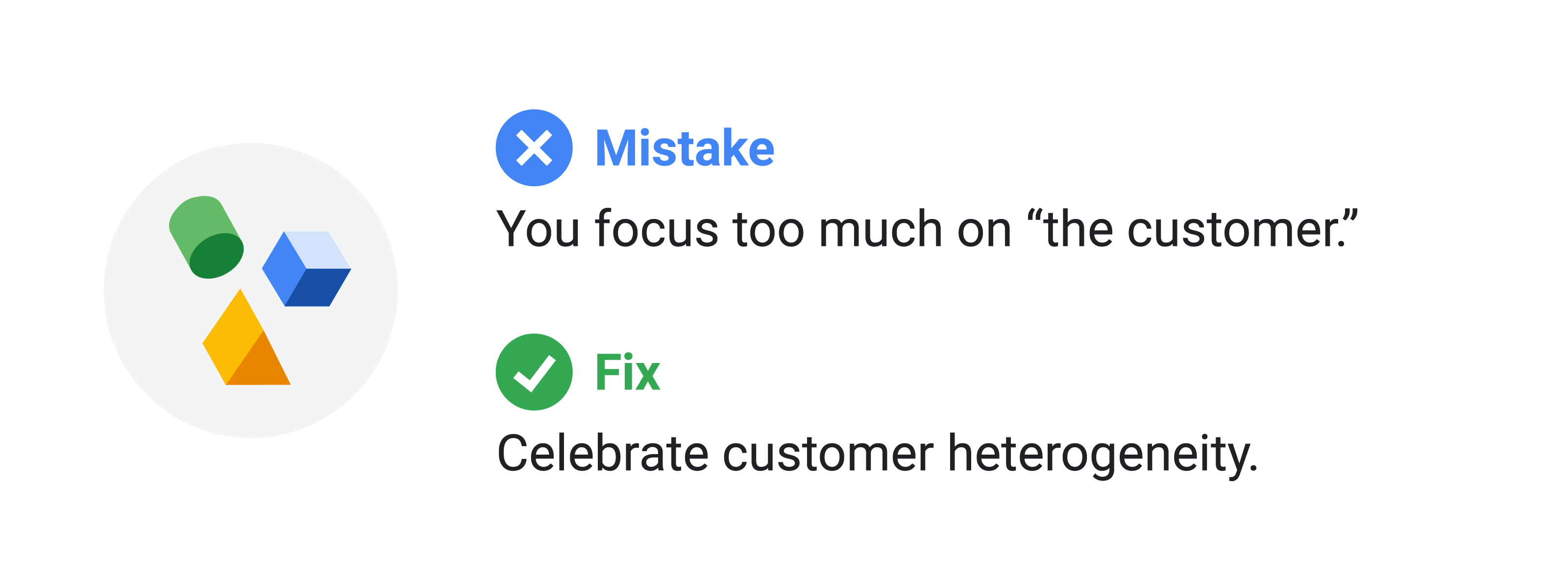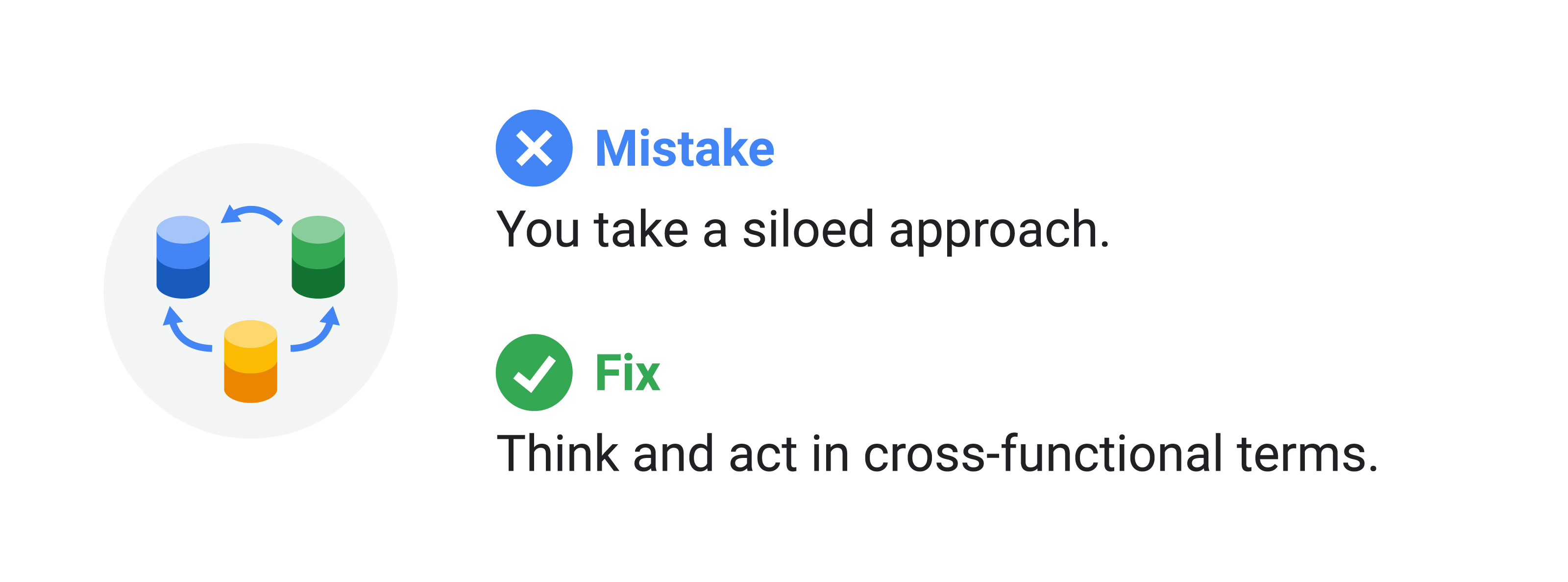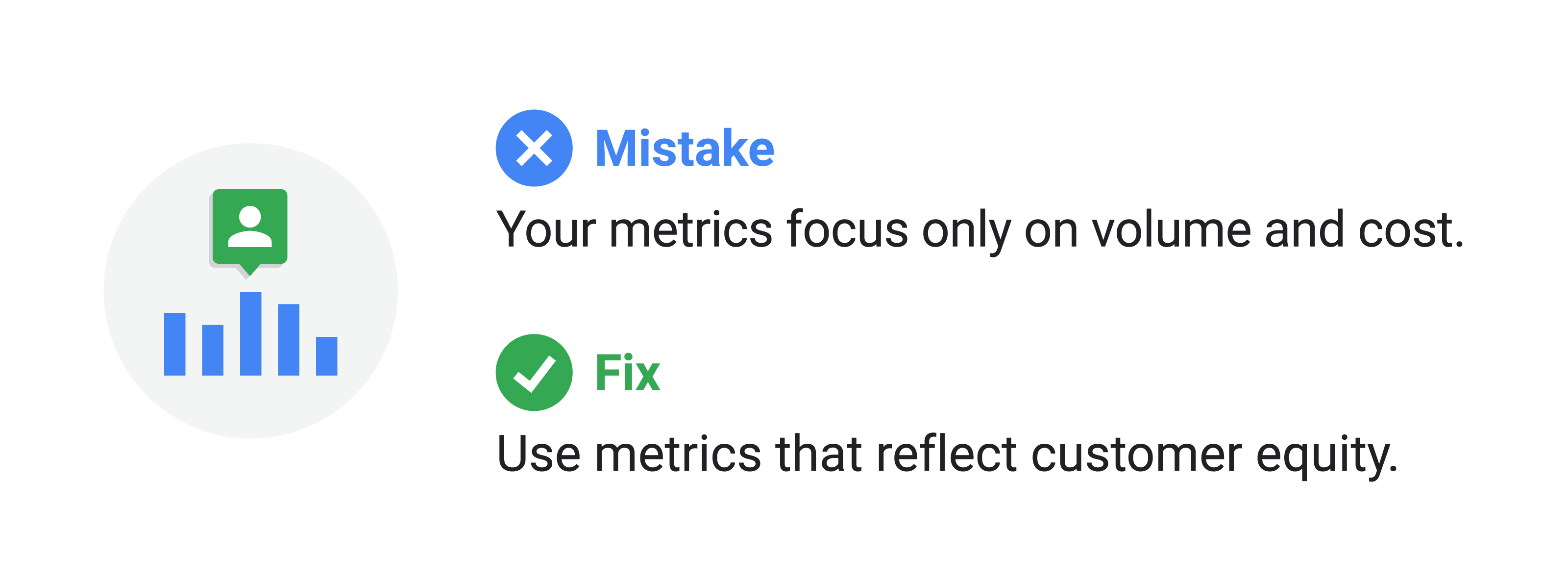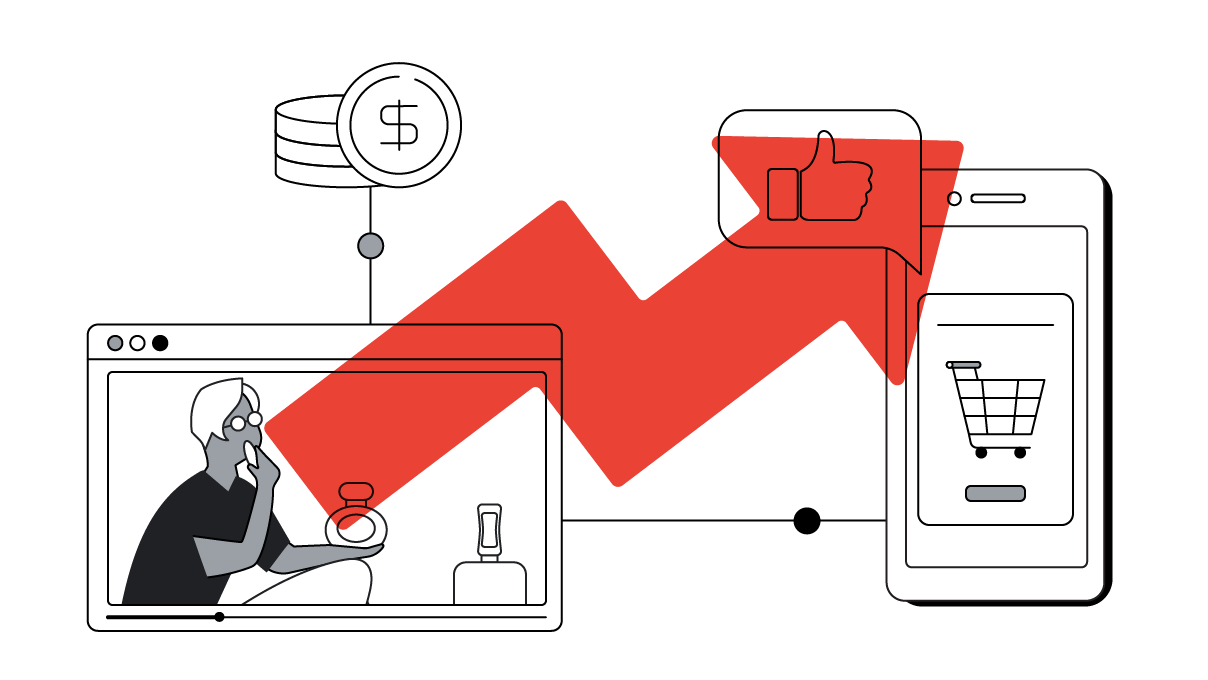Most brands think they’re customer-centric, but there’s a good chance they’re wrong. Wharton’s Peter Fader and Sarah E. Toms share four common mistakes that prevent companies from acquiring and retaining the highest value customers — and four simple fixes.
If we were to ask you whether your company is customer-centric, you’d no doubt answer with a resounding “yes.” But we think there’s a good chance you’re wrong.
In our decades of teaching and consulting, we’ve noticed that most companies make four mistakes that prevent them from creating and implementing a winning strategy to acquire, develop, and retain their highest value customers — in other words, mistakes that prevent them from truly being customer-centric. Luckily, we’ve also realized that there are four simple fixes that, if implemented, could help companies become more customer-focused and successful.
Mistake 1: You focus too much on “the customer”
As marketers, we’re conditioned to think of customers as kings, to put them — each and every one of them — at the center of our efforts. The result? We end up treating customers as a single, monolithic entity, and we measure our company efforts based on the least satisfied among them. But not all customers are created equal. The fact is, no matter how much time, money, and resources you throw at some people, they will always remain somewhat indifferent to your products or brand.
Fix 1: Celebrate customer heterogeneity
Fixing this mistake starts with a mindset shift: you need to accept that there is a hierarchy of customers and some are far more valuable than others. Once you’ve made that mindset shift, you can start doing two important things.
First you can get better at identifying where your existing customers fall on the spectrum, from highest to lowest value. We have so much data at our fingertips about our customers that there’s no excuse for not being more nuanced in our handling of the information about them. Armed with these insights, you can then start tailoring how your company interacts with them. Should someone who bought something from you months ago and hasn’t engaged since get the same attention as your most loyal customers? Absolutely not. If your customers are heterogeneous, so too should be your approach toward them.

Mistake 2: You take a siloed approach
Companies that do celebrate customer heterogeneity make another common mistake that prevents them from being customer-centric: all too often, they approach the issue in a siloed way. Maybe the sales team has one way of measuring a customer’s value and the marketing team has another, incompatible method. In other cases, some teams don’t even have access to any of this information, and end up making decisions in a vacuum.
Fix 2: Think and act in cross-functional terms
As customers move through the funnel, they will have more touchpoints with different parts of your organization. If your approach to them is siloed, it will be confusing and inconsistent. Instead, develop an organization-wide understanding of what customer-centricity means to your company, and look for opportunities to apply it in every department.
EA Sports is a great example of how impactful this approach can be. While there is one centralized team that generates insights about the company’s most valuable customers, it doesn’t hoard this information. Instead, the data is used by everyone, from designers to marketers. For example, if the data suggests players are getting frustrated by a particular part of a game, that information is shared with the developers, which helps inform what needs to improve in the games they’re currently producing. This customer-centric strategy has been a success. From mid-2012 to mid-2018, EA’s stock value grew 1,000%.

Mistake 3: Your metrics focus only on volume and cost
Traditionally, the only things we could measure to determine whether a company was succeeding was how much stuff they were pushing out the door and how much it cost them to do that. Today, we can measure so much more, and yet, too many companies still focus only on metrics that reflect volume and cost.
Fix 3: Use metrics that reflect customer equity
It’s not that focusing on volume and cost is a bad thing, per se. It’s that most of the time, these metrics come at the expense of other, more important ones. For example, what would you consider a bigger success: a blockbuster product that millions of one-time customers bought, or a product that appeals to slightly fewer people who almost all go on to become repeat customers? It’s a no-brainer.
This is the approach Netflix has always taken. Rather than trying to come up with shows that are broadly appealing and cheap to produce — the strategy most broadcasters use — it instead comes up with shows that it knows will appeal to its most loyal customers. Of course, some of those shows end up becoming huge hits, but that isn’t the initial goal. Netflix’s aim isn’t to get as many people as possible to watch something; it’s to get as many of the right customers engaged in their content and platform.

Mistake 4: There’s a disconnect between you and your external stakeholders
Let’s say you’ve established what customer-centric metrics you want to measure. You’ve even managed to get internal buy-in across your entire company. There’s still one more important step to take: aligning with your external stakeholders. That’s because there’s a good chance they’re still focusing on the same volume and cost-based metrics they’ve been seeing every quarter.
Fix 4: Prioritize clear communication with external partners
If your external stakeholders are holding you to tired old metrics that make no business sense, your company will never be customer-centric. So follow the example of another highly successful company that built customer-centricity into its DNA: Amazon.
In his first letter to shareholders, Jeff Bezos made it clear that rather than chasing short-term profits to appease investors, he would be focusing on the bigger picture. “Because of our emphasis on the long term, we may make decisions and weigh tradeoffs differently than some companies,” he warned them. “We measure ourselves in terms of the metrics most indicative of our market leadership: customer and revenue growth, the degree to which our customers continue to purchase from us on a repeat basis, and the strength of our brand.” That clear, candid approach to communication with external partners has paid off. Today, almost half of U.S. online retail spend is on Amazon.

These four points were adapted from The Customer Centricity Playbook, a new book from Peter Fader and Sarah E. Toms, and from their Customer Centricity Manifesto.








